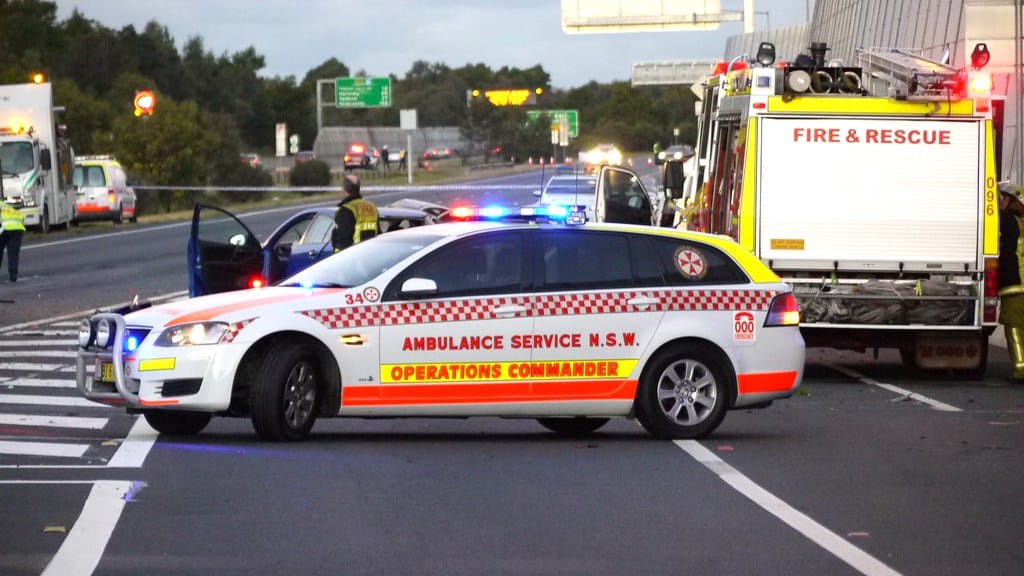Road Rules Concerning Emergency Vehicles In NSW

As of late 2019, new road rules have been implemented concerning emergency vehicles in NSW. In this blog from LTrent Driving School, we’ll look at how these new rules change what road users must do while driving near emergency vehicles in NSW. Let’s get started.
What Vehicles Count As Assistance Or Emergency Vehicles?
When in doubt, look for the color of the flashing lights! The category of “assistance” vehicles includes all tow trucks and breakdown assistance vehicles displaying yellow flashing lights. The category of emergency vehicles includes police, fire brigade or ambulance vehicles displaying flashing red and blue lights.
If you see either flashing yellow or red and blue lights, it’s likely that you’ll be required to slow down, so prepare to reduce speed.
What To Do When An Emergency Vehicle Is Driving Past Or Toward You
Emergency vehicles, such as ambulances, fire brigade or police vehicles, always have the right of way in traffic. If there is an emergency vehicle behind you, you must get out of the way.
Usually, what this means is that you must slow down and pull to the left side of the road to clear a path through traffic. You should slow down and pull over to the left only if it is safe for you to make this manoeuvre. Once the emergency vehicle has passed, you may resume normal driving.
If you are driving on a road without a median and an emergency vehicle is coming toward you in the opposite lane, this regulation still applies. Pull over to the left-most lane or shoulder slowly, and give way to the vehicle.
Note that this road rule does not apply on roads that are divided by a median. If you are driving on a road with a median and an emergency vehicle is going in the opposite direction, you are not required to give way and may continue driving normally.
What To Do Around Stationary Breakdown Assistance Or Emergency Vehicles
In this situation, the new 2019 road rule applies. Near a stationary tow truck/breakdown assistance vehicle or a stopped emergency services vehicle, you must reduce speed when approaching the vehicle.
On roads with a speed limit of 80 km/h or less, you are required to slow down safely and reduce speed to 40 km/h when passing the vehicle. If you are on a multi-lane road, you must give the stopped vehicle sufficient space – so you must move to the lane that is farther away from the stationary emergency vehicle if it is safe to do so.
On high speed roads with a speed limit of above 80 km/h, you must slow down to a safe speed. You must change lanes if it is possible and safe to do so. Note that this rule does not apply to stationary tow trucks, breakdown assistance, or emergency services vehicles on the opposite side of a road that is separated by a median strip.
Failure To Give Way To Emergency And Breakdown Assistance Can Result In A Fine!
If you do not give way to emergency vehicles and follow NSW road rules around stationary emergency and breakdown assistance vehicles, you may be fined on the spot and get points on your licence. You’re also endangering the safety of the vehicle operators. So make sure that you understand what you’re required to do in these situations.
Want more information, or interested in learning how to drive more safely even in unexpected situations? Ltrent offer the Safer Drivers Course which helps learner drivers reduce risks and anticipate hazard situations by making well-informed decisions on the road. Get in touch with LTrent on 02 8748 4500 or book online today.